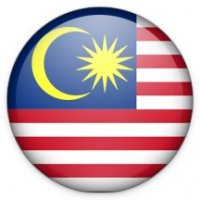Malaysian Regulators Issue New Guidance on Combination Products
有任何问题?向我们的专家获取相关信息
联系我们2016年 11月 9日
EMERGO SUMMARY OF KEY POINTS:
- Malaysian regulators have proposed a familiar approach for registration of combination products.
- How a combination product would be regulated in Malaysia would depend on its primary mode of action, according to new guidance.
 The Malaysian Ministry of Health has published guidance laying out how combination products that include both pharmaceutical and medical device components are regulated in the country.
The Malaysian Ministry of Health has published guidance laying out how combination products that include both pharmaceutical and medical device components are regulated in the country.
As is the case with many other market regulators’ approaches, the Malaysian guidance ties a combination product’s market registration pathway to its primary mode of action—products with pharmaceutical primary actions would fall under the country’s National Pharmaceutical Regulatory Agency’s (NPRA) oversight, while products whose key components are medical devices would be regulated by the Medical Devices Authority (MDA).
For most “drug-device” combination products, Malaysian market registrants would first have to obtain certification from a qualified Conformity Assessment Body (CAB), then obtain an endorsement from the MDA, and finally apply for registration with the NPRA.
“Device-drug” combination products would first have to obtain endorsements from the NPRA, followed by CAB certification and then finally registration with the MDA.
Combination product registrants must meet particular submission dossier requirements to either the NPRA or MDA pertaining to both their drug and device components.
As combination products pose more complex registration and evaluation challenges than stand-alone drugs or medical devices, Malaysian authorities also suggest that review timelines for such products will take longer: “Due to the nature of combination product which requires evaluation effort from both the Primary Agency and the Secondary Agency, applicants are kindly advised to be vigilant on the overall timeframe required for combination product registration.”
For more information on Malaysian medical device registration, read our whitepaper or download our regulatory process chart.
作者
- Stewart Eisenhart